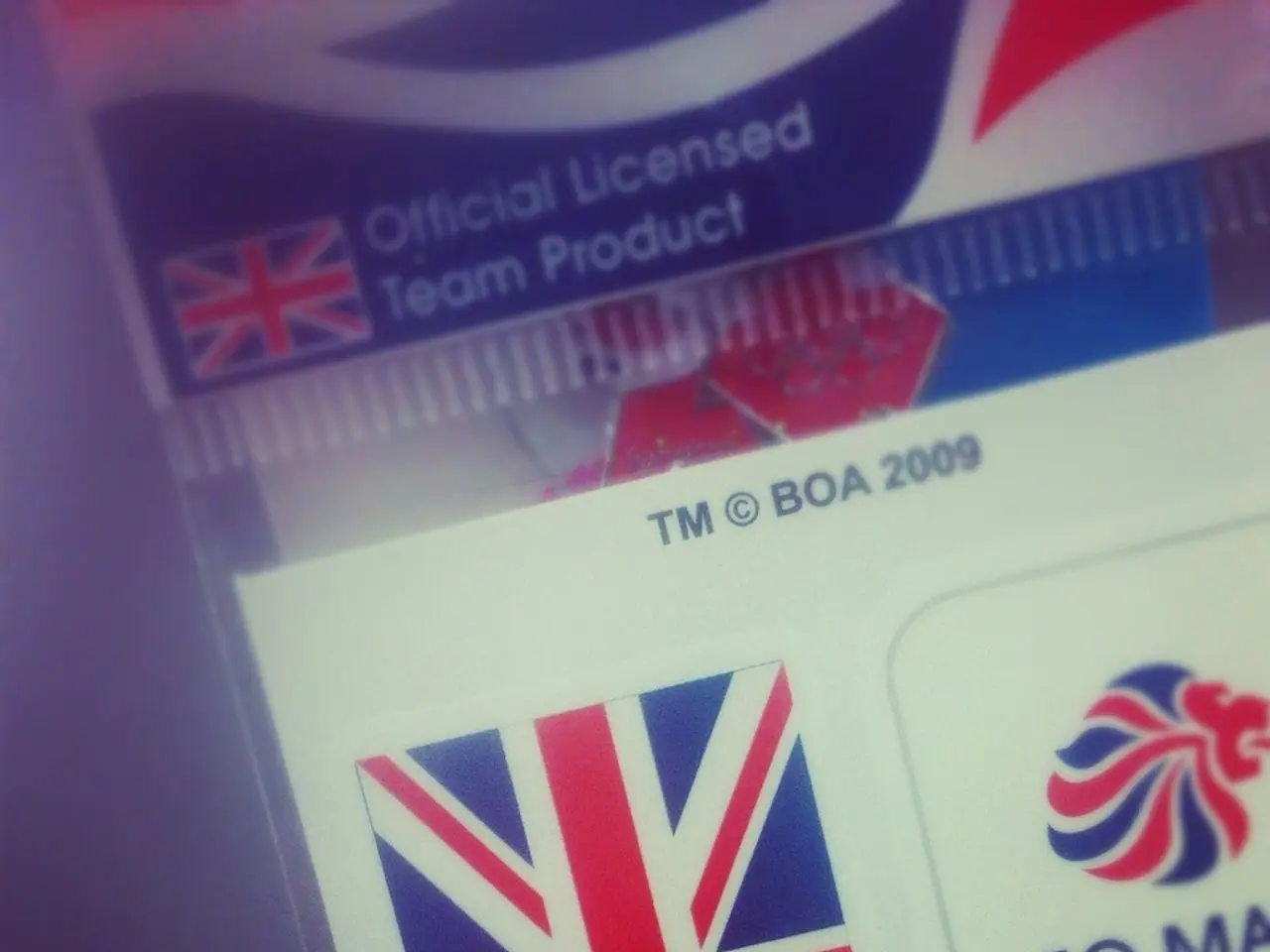Choosing the Ideal Stereo Microscope: A Guide
The Leica Free E-Guide, a comprehensive resource for microscopy enthusiasts and professionals, offers valuable advice for achieving the best imaging results with a stereomicroscope. Although the specific guide from Leica Microsystems does not directly outline a step-by-step process for selecting a stereo microscope, general factors to consider can be inferred from related literature and guides on microscopy.
In this article, we will explore five key factors that are typically considered when choosing a stereo microscope.
1. Ergonomics and Comfort: A microscope designed with user comfort in mind is essential for productive, extended work sessions. Adjustable eyepieces, a stable base, and ergonomic controls are all crucial features that contribute to reducing fatigue.
2. Magnification and Resolution: The choice of magnification range and resolution depends on the specific application. While higher magnification may not always be necessary for all inspections, it's important to balance magnification with the need for a wide field of view, particularly when observing larger samples.
3. Illumination Options: Proper illumination is critical for clear sample observation. Options such as LED, halogen, or fluorescent lighting each have their advantages in terms of brightness, colour temperature, and longevity.
4. Camera Integration: If digital imaging is required, compatibility with digital cameras and software is essential. Many modern microscopes offer integrated cameras, allowing for rapid image capture and analysis.
5. Durability and Maintenance: The microscope's build quality and ease of maintenance are important considerations. A durable microscope that is easy to clean and maintain can significantly reduce downtime and extend its lifespan.
While these factors are not explicitly listed as part of Leica Microsystems' guide on selecting a stereo microscope, they are common considerations in the field of microscopy. For specific guidance, consulting the official Leica Microsystems resources or documentation would be advisable.
The Leica Free E-Guide, however, focuses on improving microscopy illumination, offering access to seven different approaches to enhance illumination for optimal results. The guide is available for download from LaboratoryLife Sciences and is designed to help users see exactly what they need with a stereomicroscope. Furthermore, it provides insights into selecting the right illumination for each user's unique needs.
In conclusion, the Leica Free E-Guide offers valuable insights for those looking to enhance their microscopy skills. While it primarily focuses on illumination, understanding the general factors involved in selecting a stereo microscope can further aid in making informed decisions when investing in a microscope.
In the realm of medical-conditions examination, understanding the laboratory and science behind stereo microscopes is vital. As such, when choosing a stereo microscope, it's crucial to consider factors like illumination technology (LED, halogen, or fluorescent) for clear sample observation, as demonstrated in the Leica Free E-Guide, which focuses on improving microscopy illumination. Additionally, one should also be aware of the clinical impact of ergonomics, magnification, resolution, camera integration, and durability, as these factors contribute significantly to achieving the best imaging results in the medical field.




